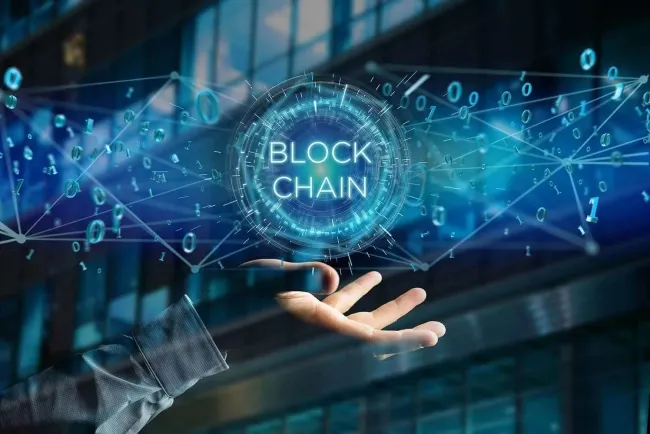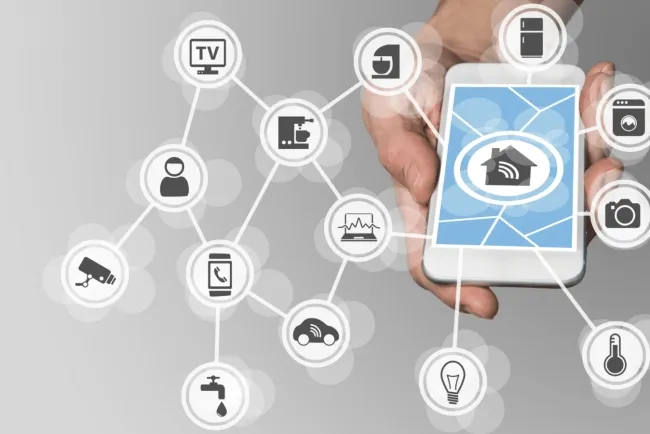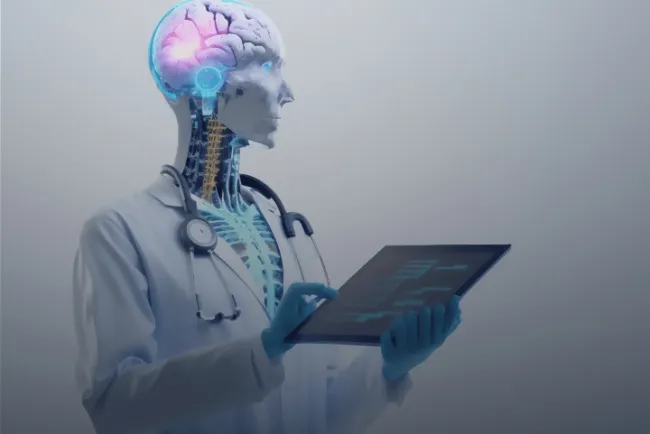Category: Technology
Mobile World Congress 2025: Innovations Redefining Tech...
As the Mobile World Congress (MWC) 2025 wraps up, it has unveiled a plethora of groundbreaking innovations that promise to shape t...
Understanding Blockchain Technology: Revolutionizing th...
Blockchain technology represents a paradigm shift in the way transactions are recorded and verified.
Cutting-Edge Technologies of 2025: Forging a New Future...
The technologies of 2025 are shaping a future that is smarter, more connected, and sustainable.
Home Technologies: Revolutionizing Modern Living...!!
Home technologies are revolutionizing the way we live, offering unprecedented levels of convenience, efficiency, and security.
The Ascendance and Influence of Artificial Intelligence...
The rise of AI in healthcare is transforming the industry, offering numerous benefits such as improved diagnostics, personalized t...
Amazon's Alexa Plus: A New Era in Voice Assistance
Amazon has unveiled its latest voice assistant, Alexa Plus, marking the first significant update in a decade. This new version har...
AI Lie Detection: Revolutionizing Truth Verification
In a groundbreaking study, researchers at Tel Aviv University have developed an AI-driven lie detector that analyzes micro-express...
Robots: Friends or Foes? Insights from the World’s Most...
The world of technology is evolving rapidly, raising questions about the future of artificial intelligence and robotics. The lates...
Critical Vulnerability Exposes Millions to Surveillance...
Security researchers have identified a significant vulnerability in popular stalker apps, endangering the personal data of million...
















